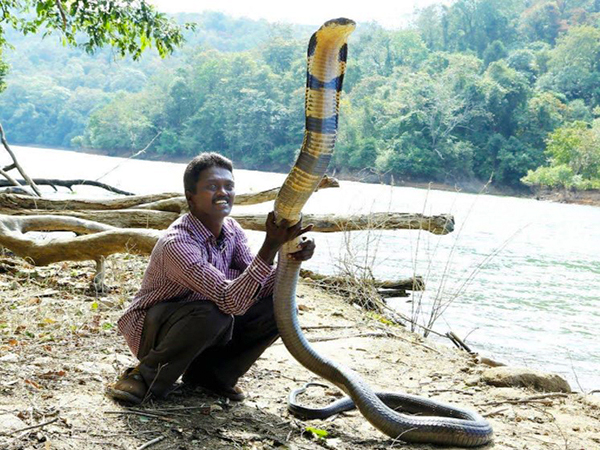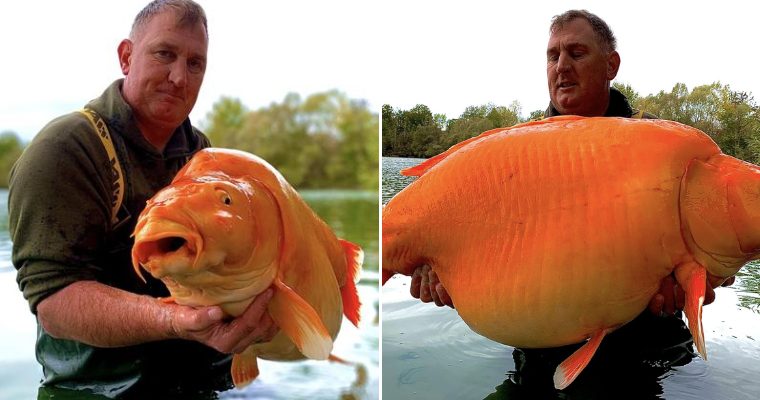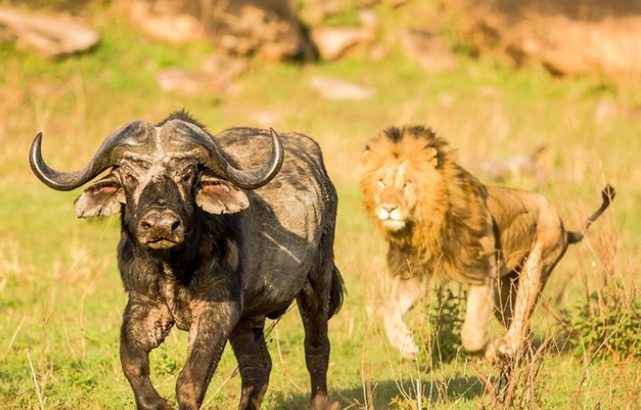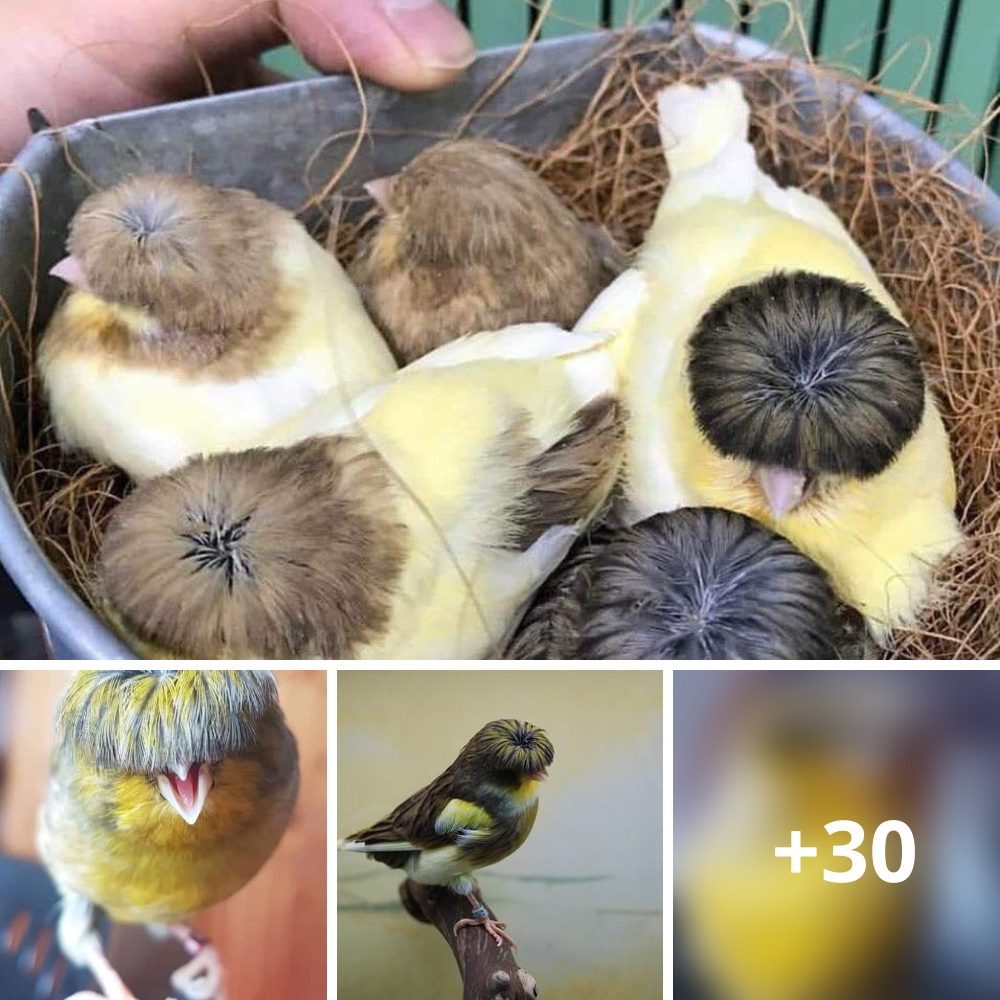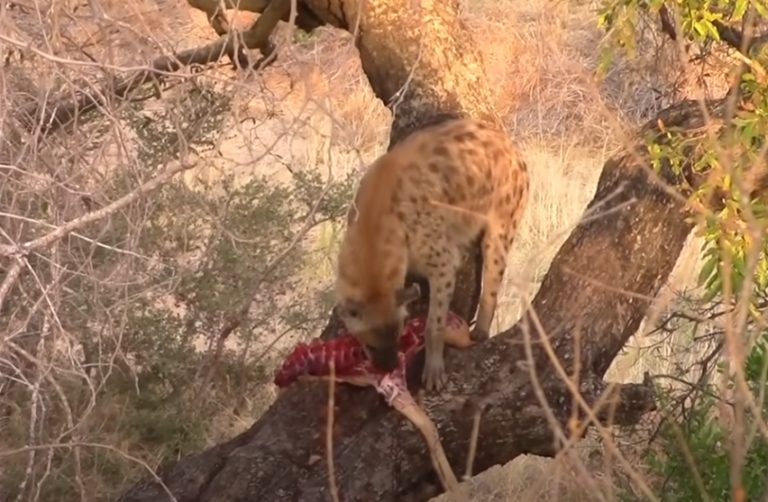Wild nature always surprises science in different ways, and here are the discoveries that have never been discovered.
1. Chimpanzees heal each other’s wounds

Scientists have recorded chimpanzees applying crushed bugs to the skin wounds of themselves and their companions.
The team thinks they are trying to heal each other’s wounds. It is theorized that these bugs can act as antibiotics, antivirals, pain relievers, or reduce inflammation.
2. Found a snake’s clitoris for the first time
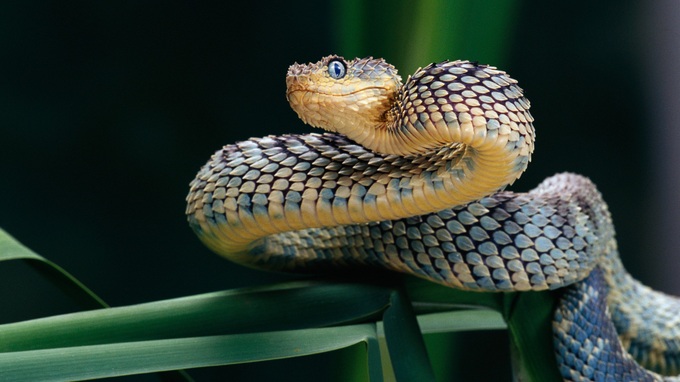
Recently, researchers have successfully described the structure of a solid clitoris for the first time. Accordingly, the bifurcated organ, known as “hemialitoris”, can be found in at least nine different species of snakes.
The special thing is that “hemipenis” has been studied for a long time, but no one has described the equivalent structure in female snakes. This led scientists to speculate that the female snake’s genitals may have disappeared or even been absent for a long time.
3. Bees can change the weather

One study found that honey bees can generate as much electrical charge in the atmosphere as a hurricane. Accordingly, the denser the “cloud” of bees, the greater the electric field they can generate.
It is unlikely that the insects can actually create lightning storms, the researchers say, but they can still have certain effects on the weather.
4. The octopus destroys itself

When the octopus’s eggs are about to hatch, the mother octopus will abandon her cubs and start a strange “self-destruct” behavior, or even eat themselves.
Recently, scientists discovered that when octopuses lay eggs, steroid hormones are strongly produced inside their bodies, and this is what causes it to go into a frenzied state of self-destruction.
5. Evolution of radioactive frogs

In a new study, based on analysis of the back skin color of more than 200 male tree frogs from the Chernobyl region, scientists found evidence that they evolved to survive in the affected area. contaminated by radiation.
Specifically, frog samples found in 12 different areas all have one thing in common: their back color is significantly darker.
As a result, tree frogs with their characteristic green color became completely black and dominated the radioactive swamps of Chernobyl. Meanwhile, the tree frogs living outside the polluted area still have the original green color.
6. Burmese pythons have super stretchy jaws

Burmese pythons can extend their jaw muscles extremely widely thanks to a piece of elastic connective tissue that extends from their skull to their lower jaw.
In a recent study, scientists discovered that a python weighing 59 kg, 4.3 meters long can fit a nearly 20-liter bucket of water into its mouth.
They estimate that larger pythons are capable of swallowing objects up to three times the diameter of their bodies.
7. Crows can do math

The researchers found that crows can distinguish paired elements in a larger sequence. This is a cognitive ability called recursion.
In tests, the trained crows even outperformed monkeys, or even toddlers.
8. Extraordinary structure found in ants

The jaws of an ant are like traps, which can close at a speed thousands of times faster than the blink of an eye. Recently, scientists have discovered why this dynamic does not disrupt the structure of their jaws.
Accordingly, to create the movement mentioned above, the ants flex the muscles in the head to pull their jaws open and open the “pins”. When the jaws are closed, the force acting on the ends of each jaw prevents the ants from experiencing much friction when they hit each other in the air. As a result, ants cannot destroy their own jaws based on closing their jaws.



